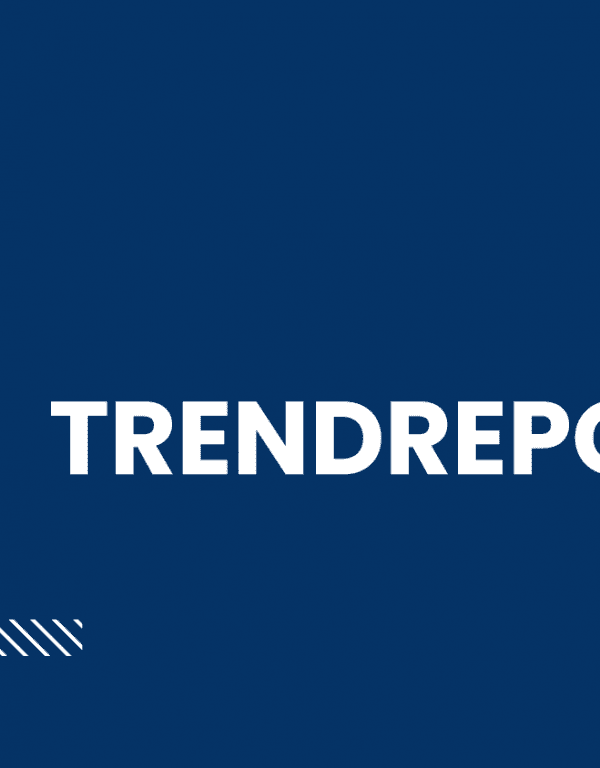
Clients frequently want to get covered by Bloomberg Businessweek, Fast Company, Forbes, Fortune and Wired — and that’s a goal for us, too. But we think it’s important to understand a couple of things.
This blog will focus initially on the print editions of those magazines, which are different from the online publications. For example, the October 2022 issue of Fast Company is focused on the “The Best New Design” but you’d never know that from the lead articles on Fast Company’s website (which had been hacked and taken down for a week): “Meet the 7 Chief Heat Officers who are making their cities more resilient,” “Stephen Curry drops his 10th signature shoe with Under Armour,” and “Why Senate hopeful John Fetterman’s masterful online trolling of Dr. Oz is working.” The Curry article was listed as from Fast Company’s Co-Design section; the Fetterman online toll article was from its Tech section. The first article on the right side of the webpage is always a sponsored article.
It’s important to keep in mind that there’s a big difference between what’s published in print versions of magazines compared to their online/digital versions. Due to reduced publication schedules, print magazines tend to have evergreen feature articles as opposed to newsy articles. (That’s not as much the case with daily newspapers, where the main difference could be an article is published online days before it’s printed. But keep in mind a trick some newspapers pull: they might list articles in a particular section that includes months-old articles in an attempt make that section look more dynamic than it really is.)
So if the target is the print edition, here are some things to know:
- The print publication ain’t what it used to be.
- In 2020, Fortune, for example, published 10 issues. In 2022, It will publish six issues, once every two months. So 2022’s schedule represents a loss of four possible entry points compared with just two years ago. In 2017, Fortune published monthly and twice a month in March, June, September and December for a total of 16 issues, so this represents a substantial lost opportunity for getting your story in print. Please note: We realize most people aren’t hung up on print but this is a starting point in a series of blog articles about the opportunities available with different top-tier media.
- Fast Company will publish six issues in 2022: Winter 2021/22, March/April, Summer, September, October/November, and December. In 2020, FastCo published 10 issues.
- Wired, which used to be a monthly, will publish 10 issues in 2022.
- The declining frequency of each publication — and this is true, too, for Forbes (now six issues a year, down from nine issues in 2020) — means they can’t cover news the way they used to. So the pitches need to be feature stories, not news because the stories in the print edition must be relevant for two months. The one exception is Bloomberg BusinessWeek, which publishes 45 issues.
- The issues themselves are shrinking in size. Back in 2017, Fortune’s print edition had room for about 5-6 feature articles. In 2022, there could be just 4 feature articles in an issue. About half of each issue is comprised of ads, which is a standard industry guideline. But an increasing portion of the ads are advertorials — typically about 24% of each issue of Fortune are advertorials.
- The monthly issues of Wired — June, September and October, for example — top out at 88 pages while double issues like July/August have 128 pages. But Wired has far fewer ad pages than Fast Company and Fortune.
- We looked at the number of pages and ads in each issue because that can show a magazine’s vitality. More ad pages can be an indication that marketers want to be associated with a publication and its readers but too many advertorials may not be as strong an indication because advertorials are presumably bought at a discount. In the U.S., the business model is ad-based as opposed to subscription-based. That may change as print subscription prices for some outlets have dropped — in part because the print frequency has dropped. Print subscriptions used to provide you with online access and app access but that’s changing for most. For example, some like Bloomberg BusinessWeek (which we will profile in a future blog post) now charge for online access even if you have a print subscription. We do expect that will be standard for business publications.
- The Front Sections of each publication offers short (or at least shorter) commentary and analysis but can be harder to pitch because of that.
- There are fewer feature articles, which means that print editors will be more selective than ever regarding the stories they greenlight.
- Forbes, Fortune and Fast Company have a lot of advertorials packed into each issue, with Forbes publishing the most of these five publications. Each issue of Forbes includes plenty of advertorials; in fact, often twice as many advertorials as regular ads, and those advertorials include traditional ads as well as content may look somewhat like editorial copy. (We think that’s problematic, by the way, causing a blurring between journalism and advertising.) We mention advertising because it takes up space in the magazine so that a 116-page issue of Forbes may actually contain 55 pages of journalism, including table of content and masthead, which consumes about 4 pages alone. The point is: there’s not a lot of editorial space in each issue, making it more difficult to secure print coverage.
We think it is important to look at the changing structure of the business press, and that it’s important to deep-dive into the press you think you know, which is why we’ve charted a comparison between five major business magazines. Fill out the form (below) to get access to the chart.
Please fill out the form below to unlock this content.



